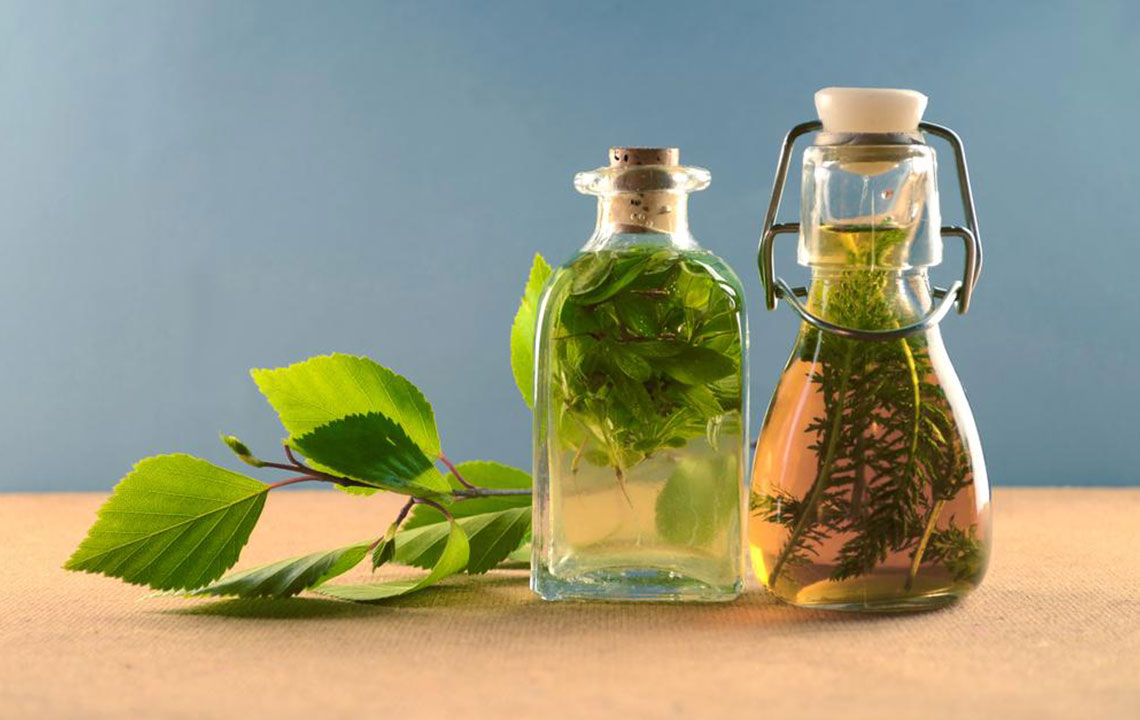Natural Remedies for Managing Vitiligo Symptoms
Discover effective natural remedies and lifestyle adjustments to manage vitiligo symptoms. Learn about beneficial foods, topical treatments, and stress management techniques that support skin health and pigmentation restoration. These holistic approaches can complement medical treatments and promote overall well-being.

Natural Ways to Support Vitiligo Management
Vitiligo is an autoimmune skin disorder characterized by loss of pigmentation due to the destruction of melanocytes—the cells responsible for skin color. While the exact cause remains unclear, it is believed that the immune system mistakenly attacks these cells. Incorporating natural remedies, dietary adjustments, and lifestyle changes can help manage vitiligo symptoms and promote skin health.
1. Use Organic Aloe Vera Gel
Aloe vera is renowned for its skin-healing properties. Rich in vitamins A, B12, C, and folic acid, along with essential minerals like zinc, calcium, copper, and iron, aloe vera promotes skin regeneration and may aid in repigmentation. Applying pure aloe vera gel regularly can support skin healing.
A diet rich in omega-3 fatty acids can help reduce inflammation that damages melanocytes. Consuming fatty fish like salmon, mackerel, and sardines delivers anti-inflammatory benefits and supplies antioxidants to fight internal inflammation. Other sources include walnuts, flaxseeds, chia seeds, and seaweed. These nutrients support skin health and immune function.
Eating beta-carotene-rich foods such as carrots, tomatoes, spinach, and sweet potatoes can enhance skin health. Beta-carotenes convert into vitamin A, crucial for maintaining healthy melanocytes and reducing inflammation. Including these in daily meals may help improve skin pigmentation.
Adequate vitamin D levels are essential for autoimmune health. Sun exposure for 30 minutes daily helps produce vitamin D naturally. For sensitive individuals, foods like eggs, mushrooms, and fatty fish serve as alternative sources to bolster immunity and support skin healing.
Incorporating ginger into your routine enhances blood circulation and skin vitality. Applying ginger slices to affected patches or consuming ginger regularly may encourage pigment restoration. Use this method twice daily for best results.
Coconut oil's anti-inflammatory and healing properties make it effective against skin pigmentation issues. Regularly massaging skin with coconut oil can soothe inflammation and support repigmentation. Its antifungal qualities also benefit overall skin health.
A mix of turmeric paste and mustard oil can promote skin regeneration. Turmeric's anti-inflammatory effects combined with nourishing fatty acids in mustard oil help repair skin. Apply twice daily to affected areas for approximately two weeks to observe progress.
Low vitamin B12 levels are common in vitiligo patients. Consuming foods like meat, eggs, dairy, and fortified products such as cereals or plant-based milks can help correct deficiencies. Adequate B12 intake supports skin health and pigment restoration.
Switching to whole grains over processed foods reduces skin inflammation caused by preservatives and chemicals. Whole grains like brown rice, oats, quinoa, and whole-wheat products provide essential nutrients and fiber, boosting immunity and reducing oxidative stress.
Managing stress through yoga and rhythmic breathing exercises can positively affect skin health. Regular practice reduces stress-induced inflammation and supports overall well-being, which may aid in controlling vitiligo progression.










